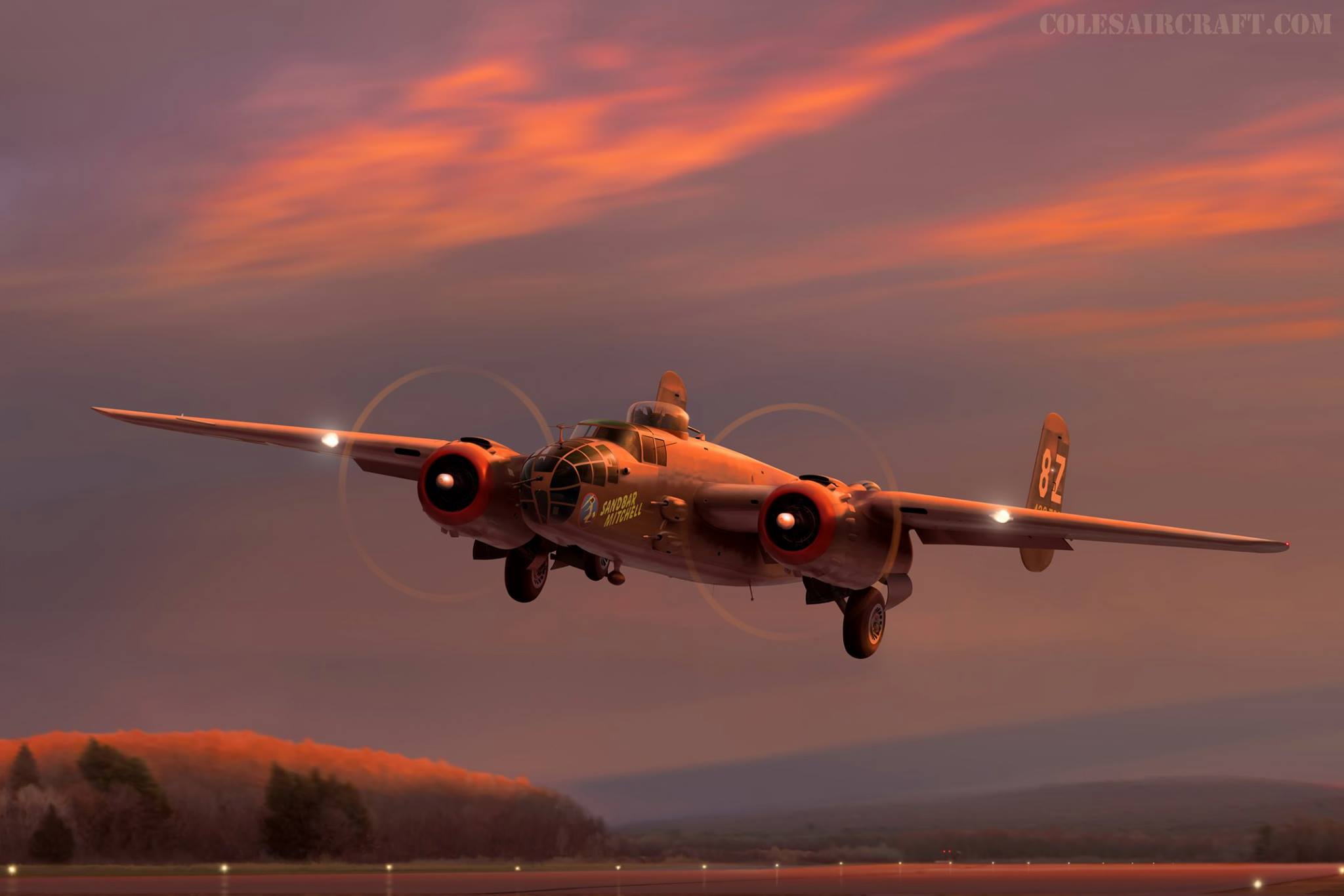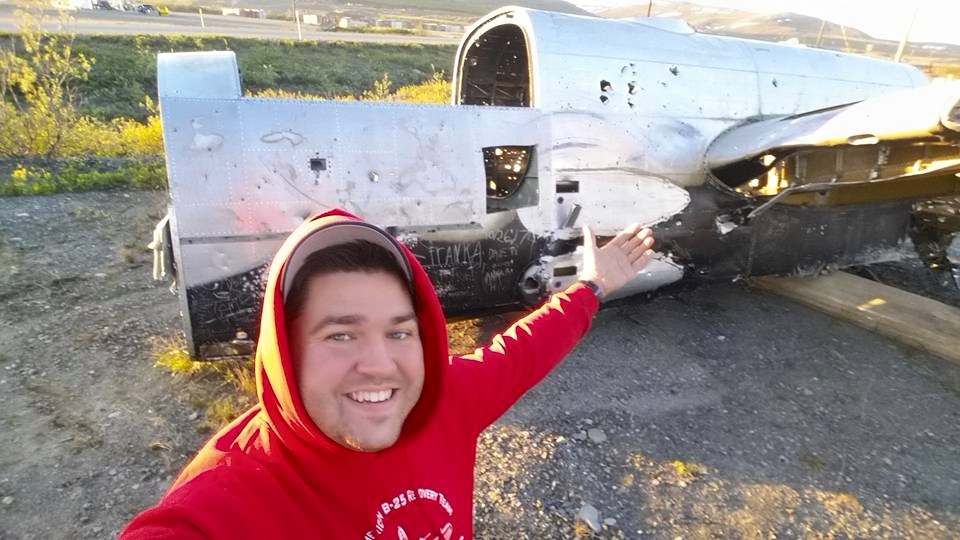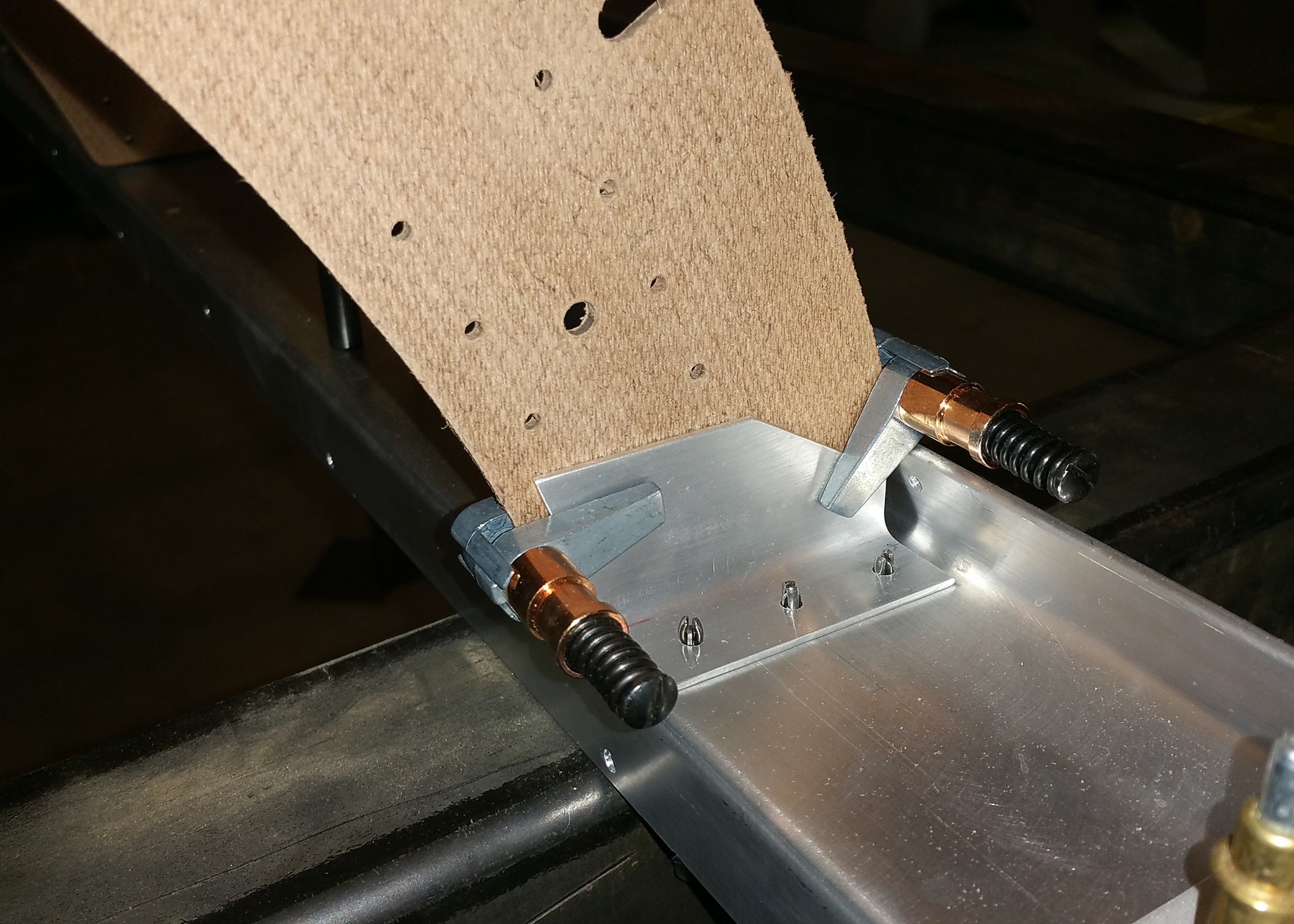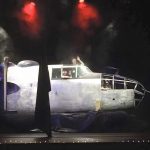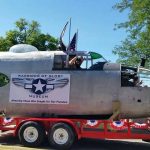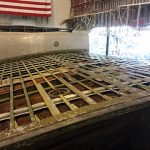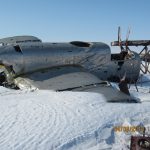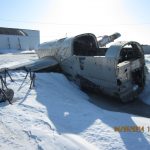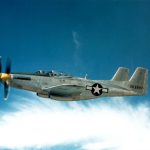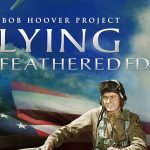WarbirdsNews has been following progress at the Warbirds of Glory Museum in restoring the B-25J known as The Sandbar Mitchell since her initial recovery from the Alaskan wilderness. These guys are doing an amazing job on a shoe-string budget. Perhaps one of the most important aspects of their restoration is their youth program involving local high school students in the project. If we want to continue preserving our aviation heritage long into the future, there can be no better way to ensure that happens than by getting the younger generations involved in a meaningful way. We recently received an update from Warbirds of Glory, and thought our readers would enjoy seeing what they’ve been up to of late. So without further ado, here is their report…
Since returning home from Nome, Alaska there has been a lot of exciting news at the Warbirds Of Glory Museum. Patrick and Todd traveled to northern California in August to pick up the two R-2600-35 radial engines that a donor graciously purchased for the museum back in June.
Also on this trip, the museum acquired a vintage pneumatic C rivet squeezer that came out of the North American aviation plant. Museum volunteers have restored the machine to as-new condition over the past few weeks, and it will now get back to work again on a North American aircraft restoration.
While traveling back to Michigan Patrick and Todd stopped along the way to picked up other B-25 parts that the museum has acquired in deals over the past year; some of these parts being from as far north as Canada.
Patrick and his youth restoration team continue work on Sandbar Mitchell’s bomb bay upper sub-assembly section. The pair of main upper longerons have been photographed, disassembled, stripped of old paint and inspected. The damaged forward and aft fuselage attachment angles have been replaced, but are temporally installed on the fixture bench. With the use of Computer Aided Design engineering software and the original North American engineering drawings, it has been possible to recreate the damaged and missing fuselage parts in the digital world.
Using these newly created CAD part files and the restoration shop’s CNC router we can accurately cut the parts out on aluminum sheet stock. We also use this same process to make templates out of 1/8” MDF board to check the fit and alignment of parts, as well as molds we can use to press-form new parts.
Museum volunteers have also been working in our restoration shop to prepare a static display Pratt & Whitney R-2800 engine for a buyer. We acquired this WWII engine on trade deal last year. Since it is not a B-25 engine, we sold it to a private collector to raise funds for our project. The agreement was that we’d clean and paint the R-2800.
Thanks to Todd’s programming skills, the museum’s website is undergoing a transformation with some major upgrades. A few months ago we added online membership registration and are now creating our own online shopping chart. This will allow members to log in and receive discounts on museum merchandise.
Redhen Design out of Brighton, MI created the museum’s first promotional flyer that reviews our museum’s mission, programs and membership benefits. These flyers are available by request if you would like to distribute them to your friends and family.
The museum now has 66 charter members, but we would love your help to bring in additional annual members. Each new member brings in 9.5 cents per day in critically needed funds for parts and program expenses. Even though this may not seem like much, every bit helps, and it should be clear to everyone just how far make our funds go simply by seeing how much we’ve accomplished on our shoe-string budget.
The Warbirds of Glory Museum began with a singular passion and a small budget. It is a public museum that earns 100% of its funding from the public at large. While most museums have larger budgets or a wealthy founder, this museum has neither. Fortunately, in our modern era of social media and crowd-funding the Warbirds of Glory museum believes they can raise the money to restore Sandbar Mitchell while mentoring our community’s youth. It will require hard work, unique marketing, and a solid response from people like you, and we do hope that some of you can help us along the way. Currently, we have several urgent requirements for funding, and these are as follows…
1: $980 is needed to purchase aluminum sheet stock needed to finish the top section of the bomb bay.
2: $1500 for operational expenses including rent, utility bills, safety supplies, printing costs, website hosting, and travel expenses, and storage costs.
3: $10,000 is needed to transport the Russian B-25 from Nome down to Michigan. There are no roads to Nome, so it must travel by sea. The Russian B-25 is already neatly packed in a shipping container and just awaits a special donor to contribute the freight charges.
Please remember to join the B-25 Warbirds of Glory mailing list (click HERE) to receive email updates, offers and event notifications. Facebook is fun for flipping through friends’ photos and funny videos, but we have found it an increasingly unreliable way of sharing updates on our projects to a consistent audience, as the company has been changing their rules and pressuring small businesses and non-profits to pay for boosts and advertising to distribute their message. If you share a passion for WWII aircraft restoration and believe that we should mentor our youth in history and the trade skills, then please do join the mailing list so you don’t miss a single update.
———————————————-
WarbirdsNews hopes you’ve enjoyed the Sandbar Mitchell update. We believe strongly in what the Warbirds of Glory Museum is attempting to achieve, and their impressive track record should be more than enough to convince most of what can be achieved with a lot of determination and perspiration. We hope you all feel the same, and that some of you may be able to lend them a hand!







